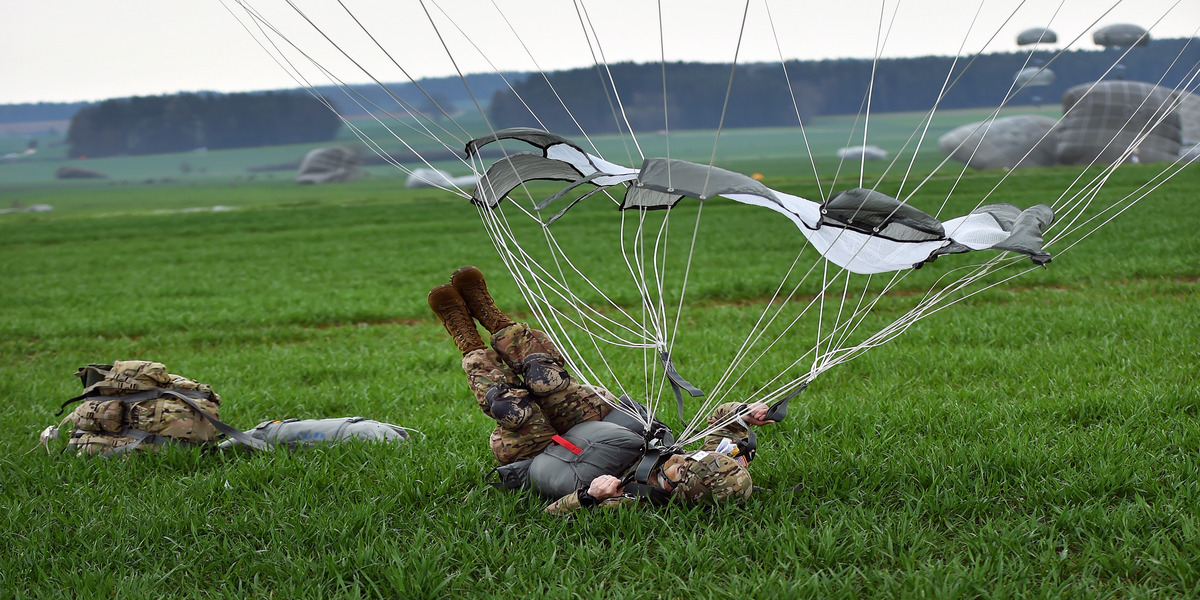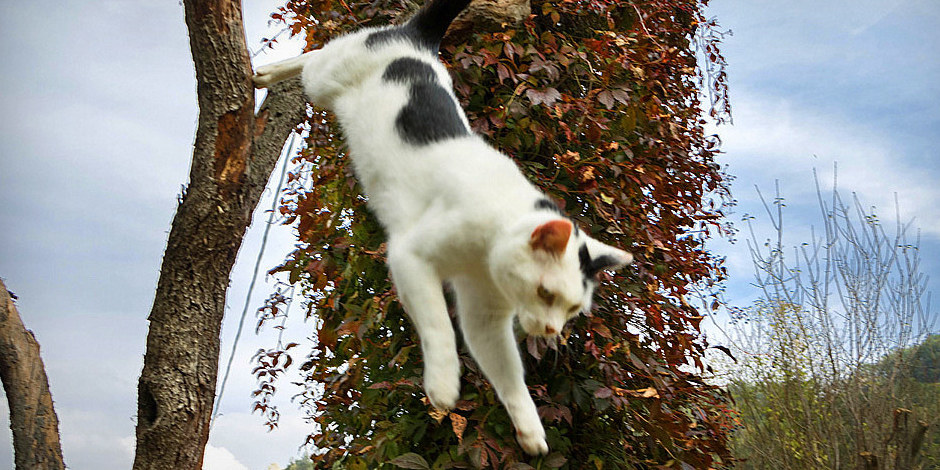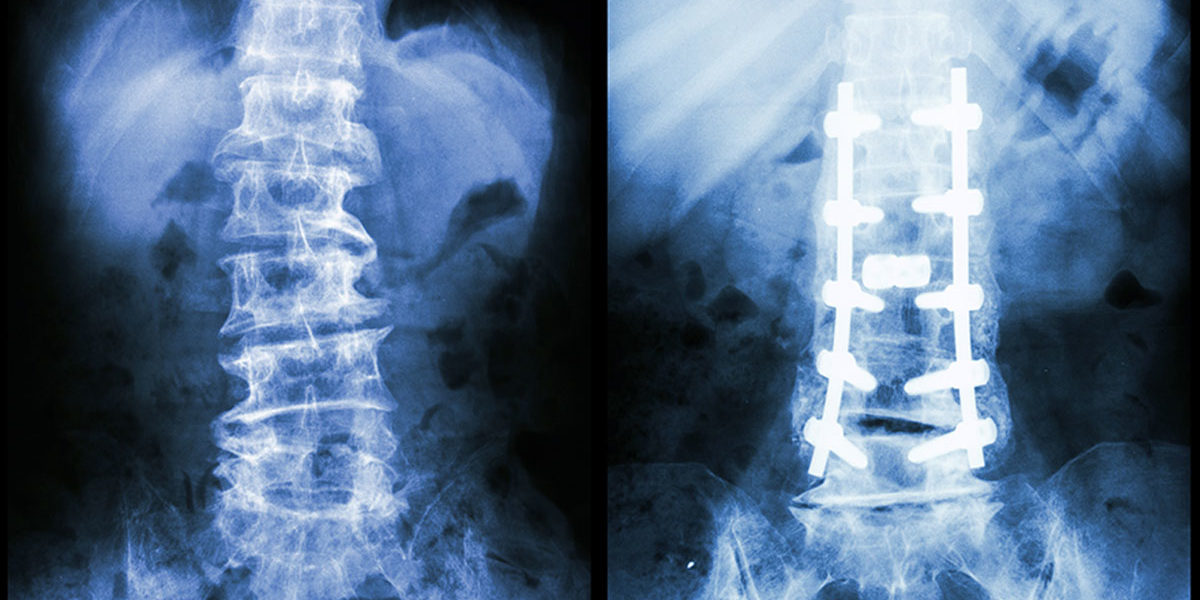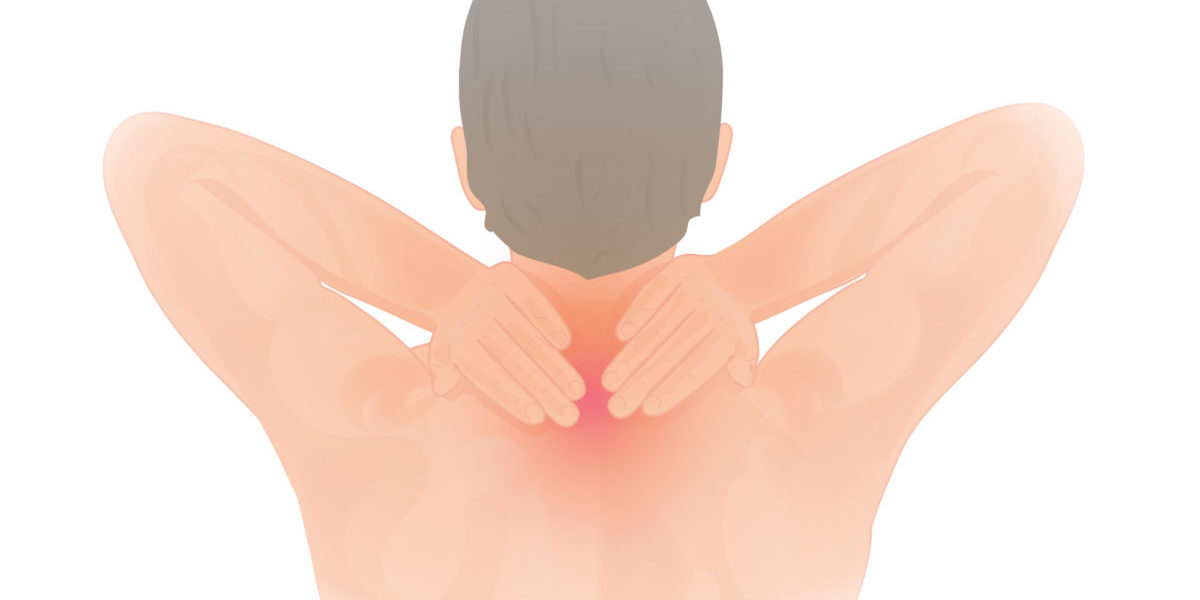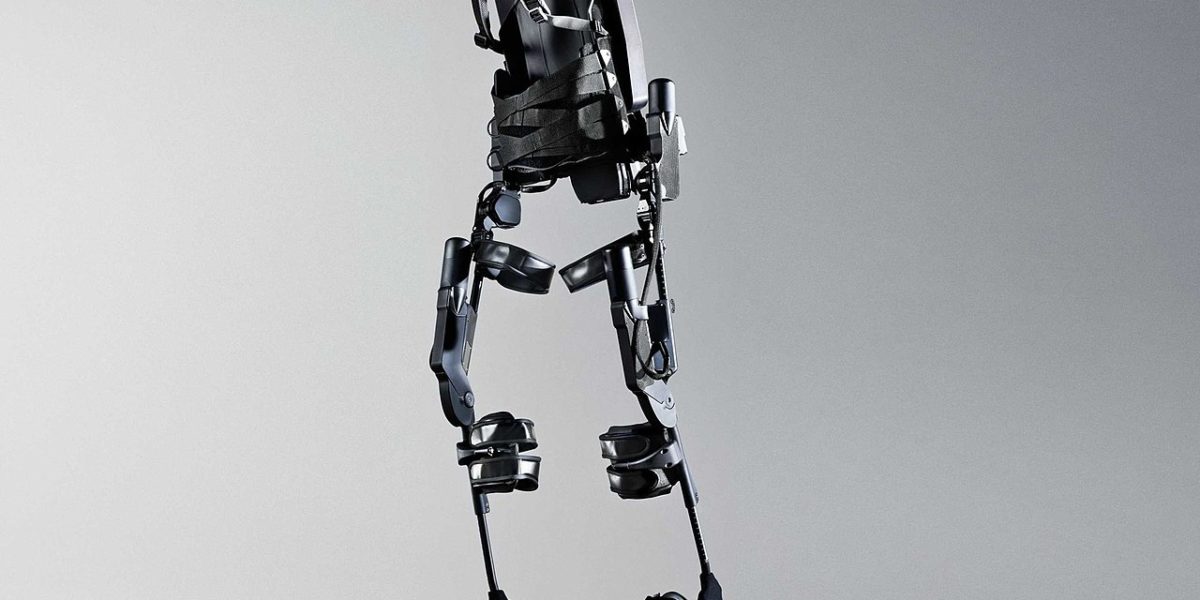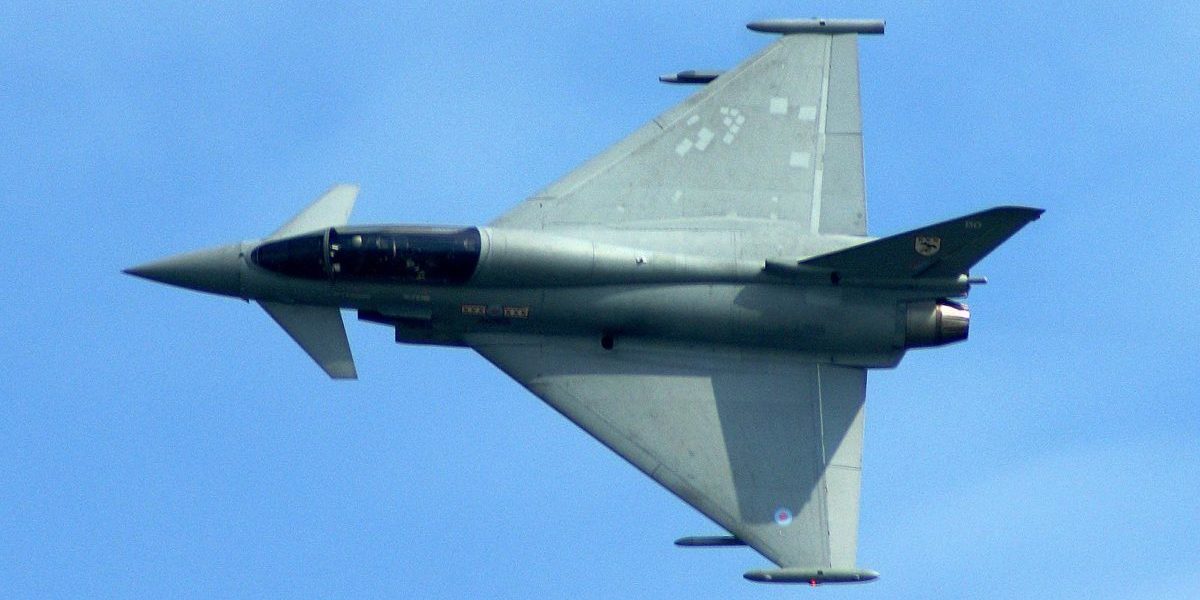Airborne operations have been a tactically advantageous method of entering a battlefield for decades. However, falling and more importantly, landing require a very technical and precise skill set to execute correctly without providing harm to the soldier’s body. The rapid deceleration that results when a paratrooper lands places a lot of force in a short amount of time on their joints. The rate of injury in airborne jumps is about 5 out of every 1000. An understanding of what is going on when a paratrooper lands— both correctly and incorrectly— can be beneficial to helping reduce injury to the soldier, and preserve the longevity of the soldier’s body.
Continue reading “It’s Not About How Well You Fall, but How Well You Land – The Biomechanics of a Military Parachute Landing”Tag: spine and back
Avoiding Cat-astrophe: How do Cats Land their Crazy Jumps?
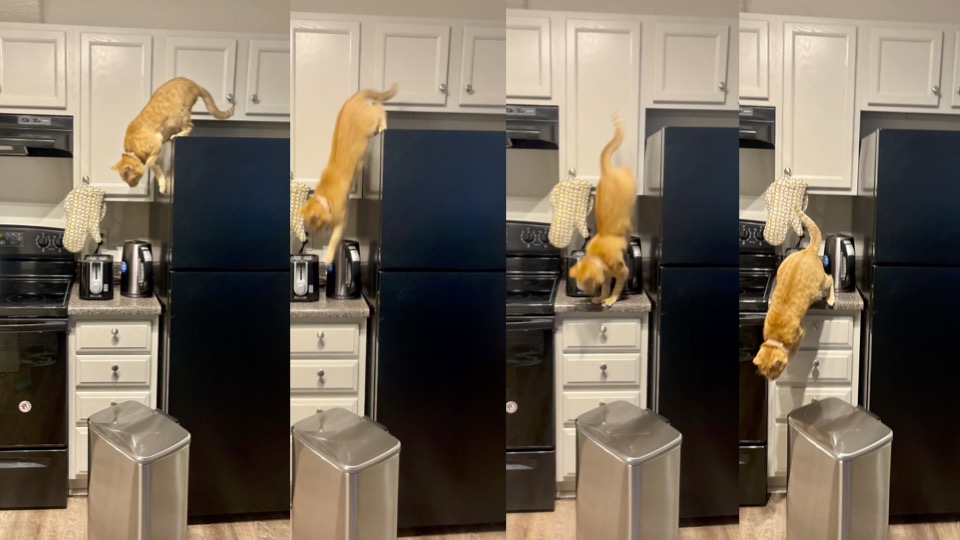
Cats always land on their feet, or so the saying goes. Every cat owner has witnessed their feline make death defying jumps and walk away like it’s no big deal. 90% of cats can actually survive falling off of a high rise building. But how do they do it? How do cats absorb the impact of their leaps without sustaining injuries?
Continue reading “Avoiding Cat-astrophe: How do Cats Land their Crazy Jumps?”They need some milk! The Link between Cycling and Osteoporosis
Athletes often are pestered about the importance of cross training by coaches and trainers alike. Football players work on flexibility through ballet. Runners, who primarily train in forward movements, practice calisthenics to build up their lateral strength. Similarly, cyclists are encouraged to participate in some contact-related activity. These are all good reasons for why athletes should cross-train, but will something actually happen if they refuse to cross-train? It’s crossed every athlete’s mind, from professionals to enthusiasts: “What’s the worst that could happen?”.
Continue reading “They need some milk! The Link between Cycling and Osteoporosis”Strengthening the Spine with Pedicle Screws
How are pedicle screws being used to strengthen the vertebrae in spinal fusion surgeries?
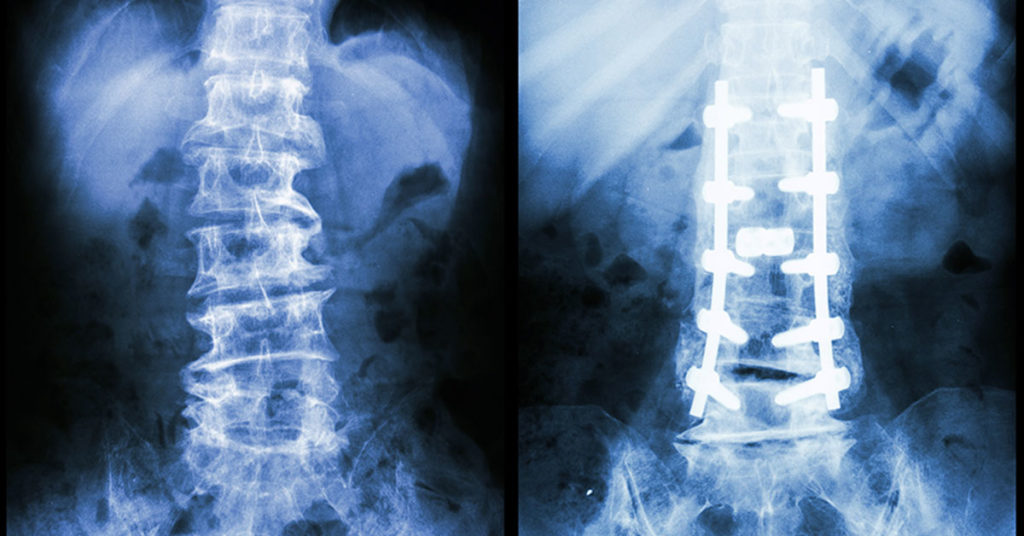
In the US alone, over 300,000 spinal fusion surgeries are performed every year to correct for fractures, deformations, or spinal instabilities. These surgeries are often performed by inserting a pedicle screw into the damaged vertebrae to increase the strength of the fusion. These screws are most often used in cases where the bone in the surrounding area is already weak, which decreases the likelihood of success in the surgery. Essentially, pedicle screws are used in damaged bones to increase their strength, in turn increasing the likelihood of success in a high-risk patient.
Continue reading “Strengthening the Spine with Pedicle Screws”Twists and Curves: Spinal Analysis and the Correction of Scoliosis
For anyone who had braces as a kid, you know how miserable the process can be. From rubber bands to the restrictions on what foods you could enjoy, having braces was a real pain. However, once the braces came off, it was all worth it to have perfectly straight teeth. While many adolescents go through orthodontic bracing to straighten crooked teeth, there are some who go through a similar process to correct the curvature of their spines.
Is my cell phone causing me neck pain?

77% percent of people in the world have a smartphone according to researchers. The most popular form of communication is text messaging. On average, people are spending 3-6 hours per day on their phone. Children are getting their first smartphones earlier and earlier. The unique capabilities provided by this technology are unmatched, but at what cost?
Continue reading “Is my cell phone causing me neck pain?”A Second Chance: Robotic Exoskeletons May Be the Future of Mobility for Patients with Spinal Cord Injuries
No one ever imagines themselves getting seriously injured. Accidents do happen though, like car crashes and unexpected sports injuries. These events can drastically change a person’s life, leaving them unable to perform simple daily tasks without assistance, such as walking. One injury that can radically impact a person’s life is a spinal cord injury. There are approximately a quarter of a million people in the United States with spinal cord injuries, and that number grows by 12,500 each year.
Continue reading “A Second Chance: Robotic Exoskeletons May Be the Future of Mobility for Patients with Spinal Cord Injuries”Top Gun Trauma: the Effects of Ejecting From a Fighter Jet on the Spine
The need for speed places fighter pilots in electrifying yet dangerous situations. When things go wrong during flight, pilots must consider ejecting, a terrifying choice. Ejection is a last resort due to the large compressive forces and the high wind speeds that can cause many different serious injuries, including spinal injuries. Approximately 20-30% of people who survive ejection endure spinal fractures. Understanding the dangers of flight that service members face increases awareness of the military lifestyle within the civilian population and is critical in finding solutions to lessen the severity of injury.
Continue reading “Top Gun Trauma: the Effects of Ejecting From a Fighter Jet on the Spine”Pressurized Vessels Supporting the Spine: Structure and Function of Intervertebral Discs
Back in 1989, it was estimated that about 2.5 million U.S. workers suffered from low back pain, and low back pain has even been talked about as one of the largest causes of disability in the world. Intervertebral disc degeneration is one of the most common reasons for low back pain in adults. In order to understand how disc degeneration occurs and causes pain, it is important to examine the structure and function of discs in the back.
Continue reading “Pressurized Vessels Supporting the Spine: Structure and Function of Intervertebral Discs”The Spinal Fusion that Reignited a Legendary Career
Can you imagine being the best player in the world at a certain sport and one day, aggravating an injury that not only put your athletic career in doubt, but also did not allow you to do normal daily activities? This is the challenge that faced Tiger Woods.
Continue reading “The Spinal Fusion that Reignited a Legendary Career”